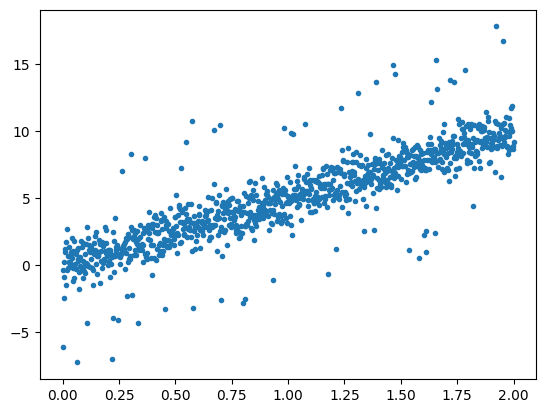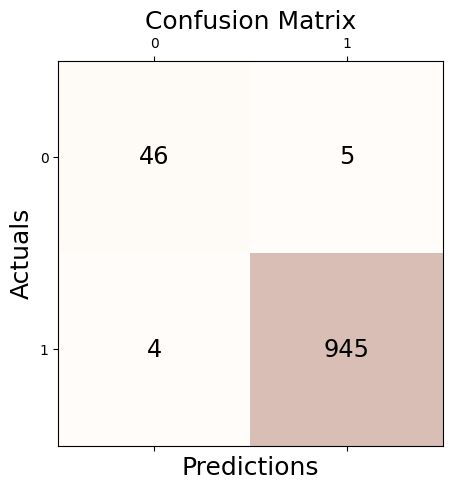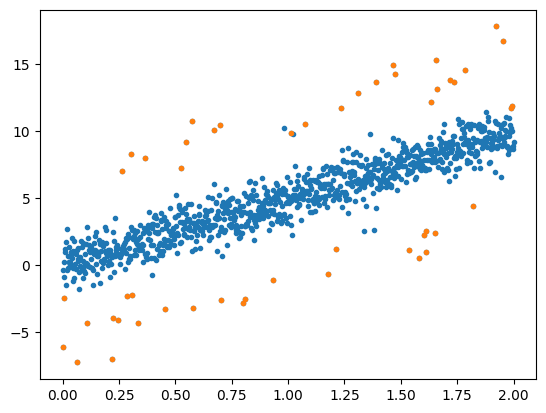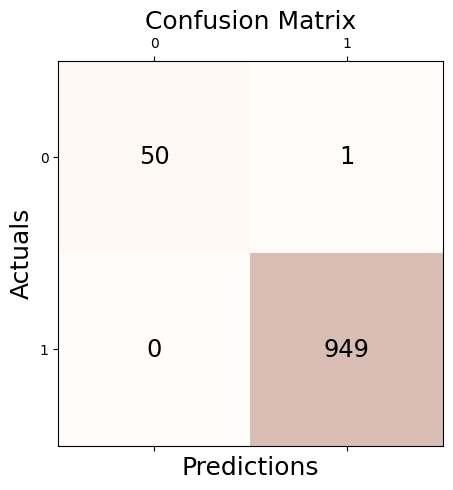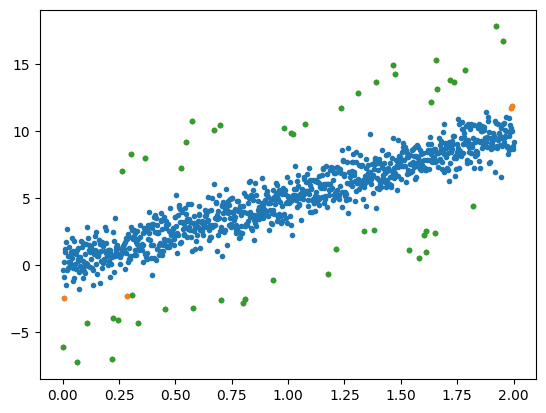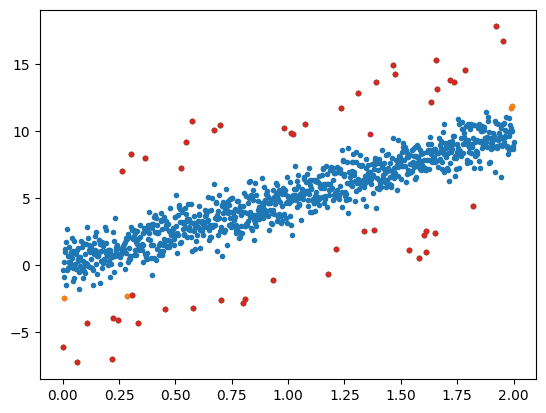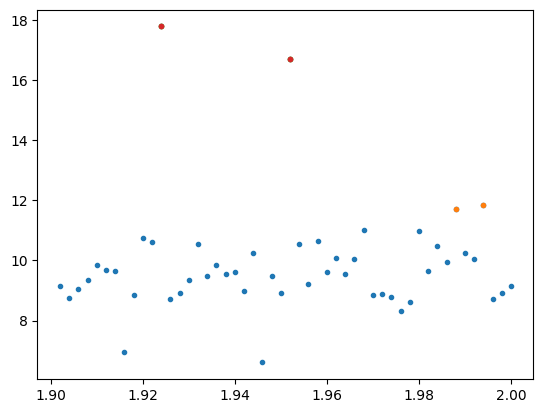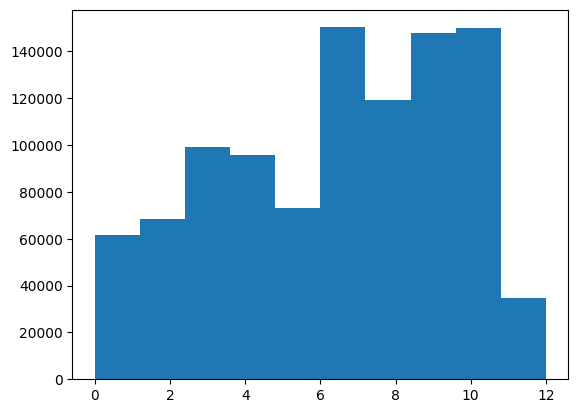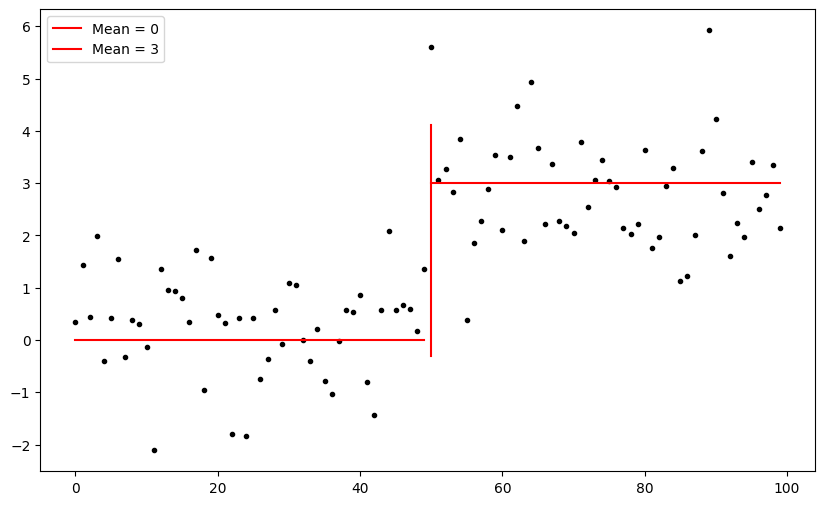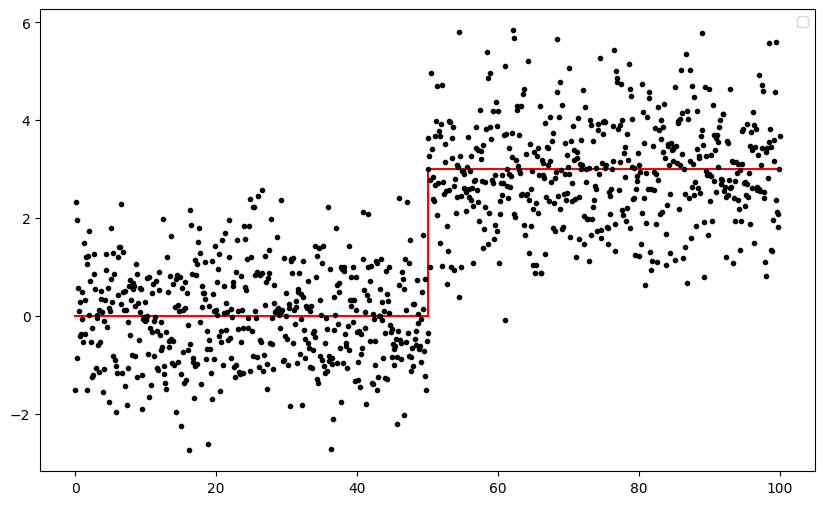import numpy as np
import matplotlib.pyplot as plt
import matplotlib
import pandas as pd
import random
import warnings
warnings.simplefilter("ignore", np.ComplexWarning)
from haversine import haversine
from IPython.display import HTML
import plotly.graph_objects as go
import copy
import tqdm
from rpy2.robjects.packages import importr
from rpy2.robjects.vectors import FloatVector
from pygsp import graphs, filters, plotting, utils
from sklearn.metrics import confusion_matrix
from sklearn.metrics import precision_score, recall_score, f1_score, accuracy_score
from sklearn.neighbors import LocalOutlierFactor
from pyod.models.knn import KNN
from pyod.models.cblof import CBLOF
from sklearn import svm
from pyod.models.mcd import MCD
from pyod.models.feature_bagging import FeatureBagging
from pyod.models.abod import ABOD
from alibi_detect.od import IForest
from pyod.models.hbos import HBOS
from pyod.models.sos import SOS
from pyod.models.so_gaal import SO_GAAL
from pyod.models.mo_gaal import MO_GAAL
from pyod.models.lscp import LSCP
from pyod.models.lof import LOF
from pyod.models.ocsvm import OCSVM
from sklearn.svm import OneClassSVM2024-08-12 19:09:35.601442: I tensorflow/core/util/port.cc:110] oneDNN custom operations are on. You may see slightly different numerical results due to floating-point round-off errors from different computation orders. To turn them off, set the environment variable `TF_ENABLE_ONEDNN_OPTS=0`.
2024-08-12 19:09:35.625187: I tensorflow/tsl/cuda/cudart_stub.cc:28] Could not find cuda drivers on your machine, GPU will not be used.
2024-08-12 19:09:35.843821: I tensorflow/tsl/cuda/cudart_stub.cc:28] Could not find cuda drivers on your machine, GPU will not be used.
2024-08-12 19:09:35.845812: I tensorflow/core/platform/cpu_feature_guard.cc:182] This TensorFlow binary is optimized to use available CPU instructions in performance-critical operations.
To enable the following instructions: AVX2 AVX512F AVX512_VNNI FMA, in other operations, rebuild TensorFlow with the appropriate compiler flags.
2024-08-12 19:09:36.595858: W tensorflow/compiler/tf2tensorrt/utils/py_utils.cc:38] TF-TRT Warning: Could not find TensorRT
/home/csy/anaconda3/envs/pygsp/lib/python3.10/site-packages/tqdm/auto.py:21: TqdmWarning: IProgress not found. Please update jupyter and ipywidgets. See https://ipywidgets.readthedocs.io/en/stable/user_install.html
from .autonotebook import tqdm as notebook_tqdm